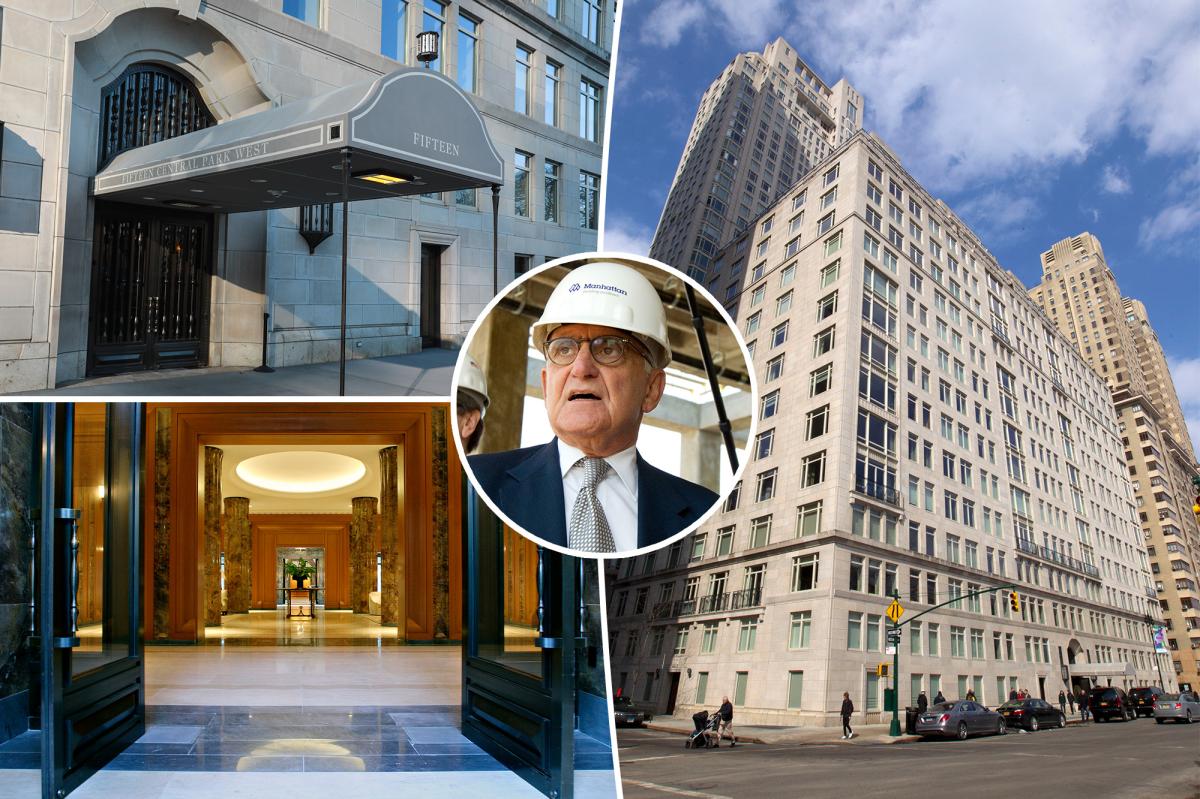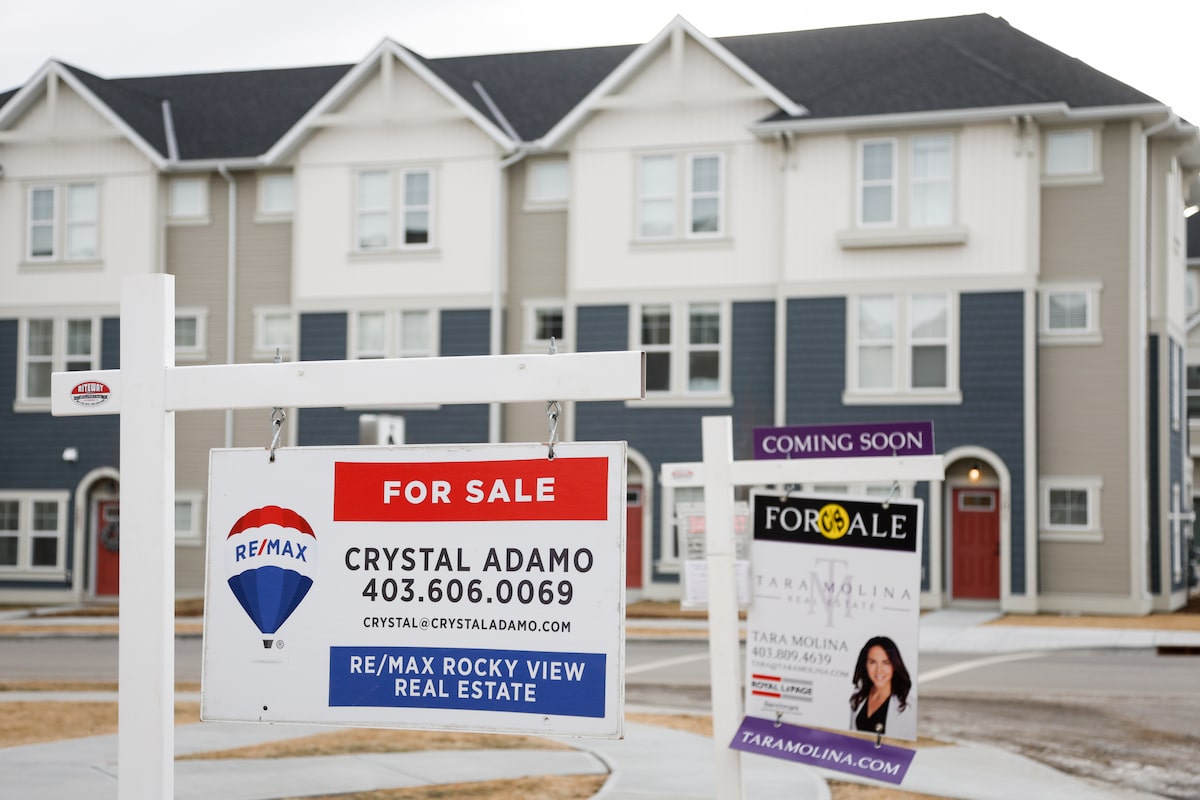G
rowing up in King of Prussia, I spent many afternoons visiting my grandparents in West Philadelphia. One neighborhood buzzed with life; the other felt abandoned, its homes and shops long neglected. The contrast stuck with me: vibrant streets versus obsolete structures that no longer served their residents.
Today’s U.S. real estate mirrors that split. As baby boomers transfer an estimated $80 trillion of wealth, the housing market has stalled. Older owners either hold onto aging homes or downgrade to “starter” properties that appeal to retirees who want proximity to family. With birth rates falling and a daily exodus of 11,000 retirees, commercial real estate is similarly stagnant, unable to adapt to modern demands.
Obsolescence is the core issue. Buildings that cannot accommodate robotics, fail to attract top talent, or lack reliable digital infrastructure are no longer productive. For investors and business leaders, these assets either boost competitiveness or quietly erode productivity and capital. While headlines focus on interest rates, the real threat lies in a vast inventory of outdated structures that no longer fit contemporary life. As capital markets normalize, cheap debt can no longer mask underperformance; a building must either create value or it becomes a liability.
Demographic shifts are rewriting real‑estate rules. U.S. birth rates are at historic lows, and the boomers—wealthier and more experience‑driven than any previous generation—spend heavily on leisure. Millennials and Gen Z allocate over half of their discretionary income to experiences rather than goods. Technology amplifies this trend: remote work frees households and businesses from geographic constraints, turning real estate from a supply‑driven to a demand‑driven market. People now choose spaces that enhance quality of life and work, not merely where they are forced to be. Properties that fail to deliver are left behind, regardless of location.
Office assets illustrate this shift. Once hubs of culture and collaboration, many downtown offices now undermine talent strategies. CBRE reports that in 2025, 23.3 million square feet of U.S. office space will be demolished or converted, while only 12.7 million square feet will be newly constructed—an inventory contraction that underscores the magnitude of the challenge.
Obsolescence cuts across asset classes. Industrial warehouses with low ceilings and narrow bays hinder e‑commerce distribution, where robotics and scale are essential. Retail chains built on predictable foot traffic are shuttering, and their footprints are being repurposed for service‑driven uses. Flexible work has reduced business travel but increased demand for alternative accommodations: retired boomers and their millennial families are flocking to RV parks and campgrounds for shared leisure experiences. Meanwhile, apartments lacking digital infrastructure or secure package facilities quickly lose relevance as on‑demand grocery and delivery services rise.
The common denominator is usefulness, not location. Physical assets tied to supply chains, workforces, and customers must adapt to generational shifts or risk eroding competitiveness.
The investment playbook is changing. For decades, real‑estate investors followed a stock‑market model: buy, hold, sell, trusting that prices would rise on cheap money and low rates. Today, borrowing is back on the table, but loans now carry higher yields—10‑year Treasury rates hovering around 4 %. Debt alone no longer guarantees returns. Forward‑looking investors are repositioning assets, turning obsolete properties into essential operating businesses. A warehouse with a 20‑foot clear height, unsuitable for modern robotics, can be converted into climate‑controlled storage. Buildings once seen as fixed costs must now be managed as active tools of strategy, capable of evolving with customer needs and business models.
The wave of vacant CVS, RiteAid, and Walgreens stores illustrates how quickly prized assets can become obsolete. Once considered safe bets for steady rent, many now sit empty. Yet their size, parking, and prime locations make them ideal for conversion into early‑childhood education centers—a growing need among millennial families.
These examples show that strong returns no longer come from financial engineering or passive buy‑and‑hold strategies. They arise from operational execution: transforming obsolete buildings into businesses that serve the evolving needs of boomers, millennials, Gen Z, and beyond.
For investors and CEOs, the lesson is clear: U.S. real estate can either age into obsolescence, freezing capital in empty shells, or it can be renewed into platforms that drive growth. The winners will treat real estate as an operating business, not a commodity, generating returns by creating useful places that meet generational needs and deliver lasting value.
The opinions expressed in Fortune.com commentary pieces are solely the views of their authors and do not necessarily reflect the opinions and beliefs of Fortune. Fortune Global Forum returns Oct. 26–27, 2025 in Riyadh. CEOs and global leaders will gather for a dynamic, invitation‑only event shaping the future of business. Apply for an invitation.














